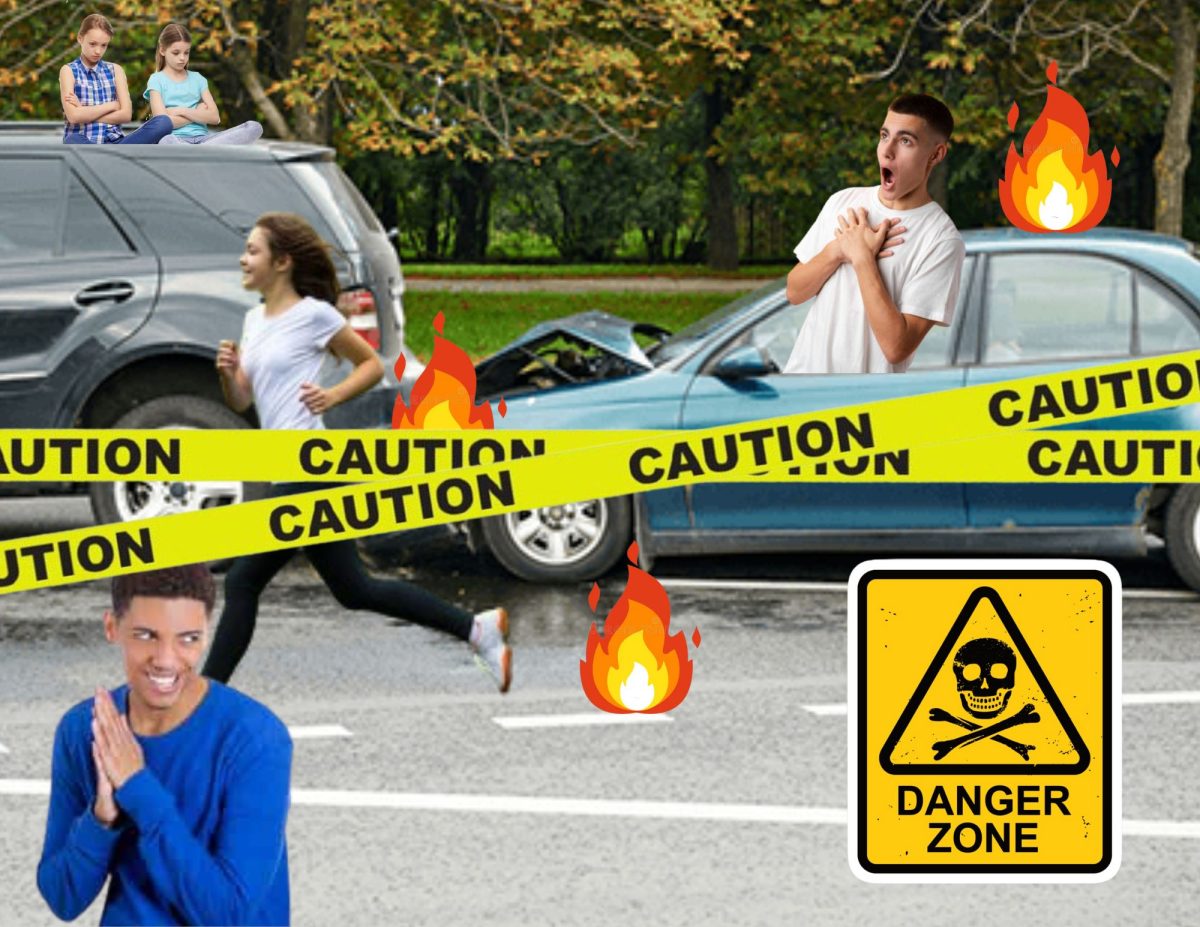Mass Shootings 2023
In January of this year, at least 44 mass shootings occurred in the United States. Despite efforts made throughout 2022, gun violence continues to spike.
According to the Gun Violence Archive, a non-profit research database, mass shootings may be defined as occurrences in which four or more people are injured or killed. Last year, state legislatures allocated more than 860 million dollars to gun violence prevention and passed 51 gun safety laws in 2022. Alarmingly, mass shootings failed to decrease afterward.
25 states currently protect the right to carry a firearm either openly and/or concealed without requiring gun owners to obtain a permit or license. Additionally, access to guns accelerated during the pandemic. Tracking the sale of firearms proves difficult as the United States does not track gun sales to civilians, but rather, uses checks performed by the FBI’s National Instant Background Check System, as an unvalidated representation of firearm sale numbers. According to the Annals of Internal Medicine between January 2019 and April 2021, an estimated seven and a half million adults became “first new gun owners,” the majority of whom had not previously lived with a gun in their home. In addition, 11 million others, 5 million of whom are children, are now exposed to household firearms.
The shooting of a teacher at Richneck Elementary School in Virginia on Jan. 6, by a 6-year-old, who used a gun legally purchased by his mother, highlights the need for education on responsible gun ownership and storage.
Politicians and news outlets continue to focus on mental health as a root cause of mass shootings. This is problematic in its distraction from the actual issue of access to guns for those with serious mental illness: suicide. Suicides account for more than half of the (approximately) 45,000 firearm deaths that occur in the U.S. each year. Swanson et al concluded that the apparent link between mental illness and violent behavior toward others is theorized to be attributed to economic and social risk factors such as poverty, childhood exposure to trauma, neighborhood crime, and involvement in drug use and/or trade. Additionally, participants in this study who had a diagnosis of a serious mental illness, but no history of alcohol/drug abuse, neighborhood crime, or violent victimization have a two percent annual rate of violence, which is on par with that of the general population. Furthermore, Epidemiological studies assert that the majority of people with mental illness are never violent.
Those who struggle with mental illness, however, are associated with an increased risk of suicide. The availability of lethal means significantly contributes to this risk. Additionally, the theory of coupling asserts that decisions such as that of committing suicide are coupled to a particular place or means. Thus, when a person’s preferred method is no longer accessible it is possible that they will not attempt suicide by different means. This is perhaps supported by studies such as one conducted by Thomas Reich, Timur Steffen, Astrid Habenstien, and Wolfgang Tschamer, which found that only one-fifth of prevented gun suicides resulted in the substitution of suicide by alternate means.

Ava is a senior at AHS. This is their third year writing for The Skier Scribbler. Ava is eager to contribute to the newspaper and is passionate about writing,...





























